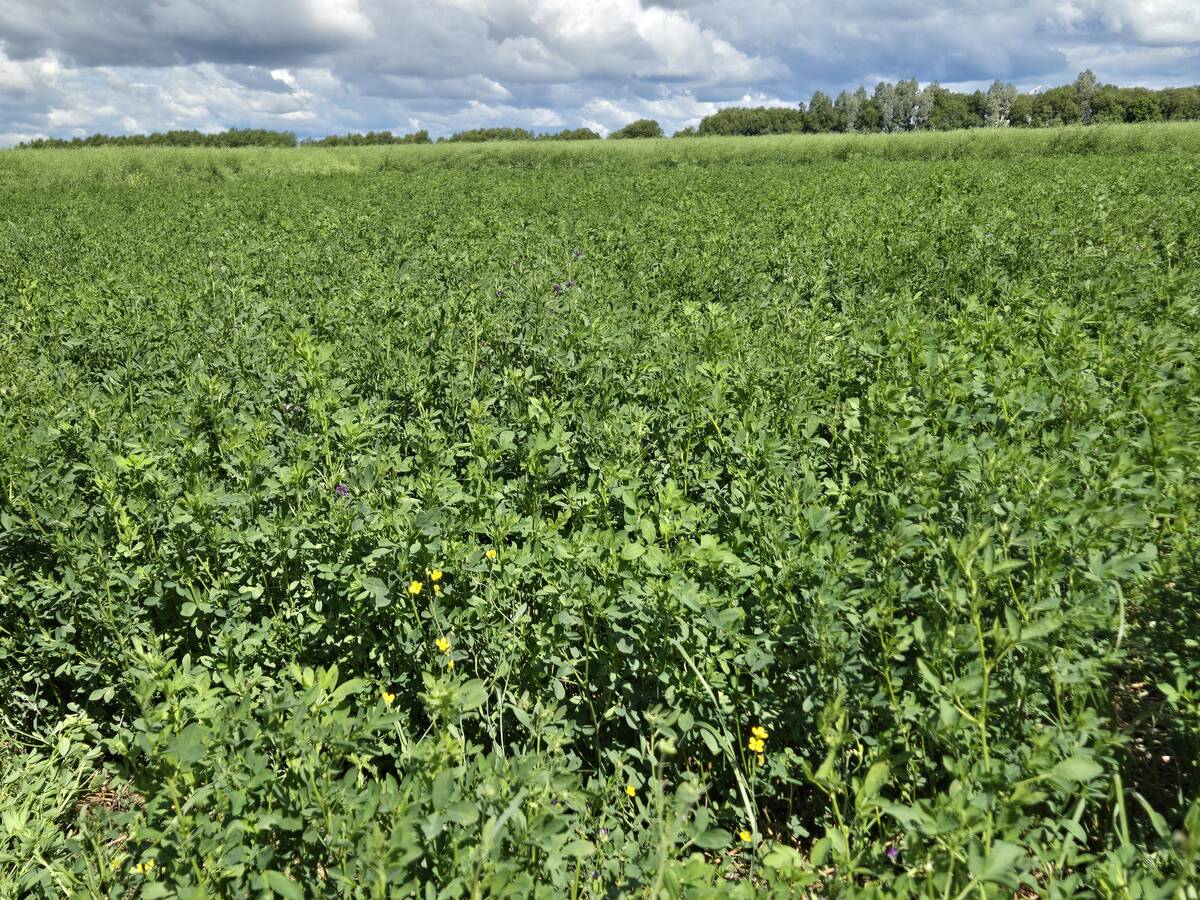Insufficient votes | Reluctance to accommodate only one province
Alberta Chicken Producers representatives demanded more production quota from the national chicken supply management system last week, armed with the threat that rejection could mean withdrawal from the system.
They lost the battle but they may have won the war.
Executive members at the Chicken Farmers of Canada annual meeting in Ottawa voted down an Alberta demand for more quota after a “good long heated discussion,” according to one director.
“At the end of the day, there were not enough votes to carry their request,” said newly elected Chicken Farmers of Canada president Dave Janzen from British Columbia.
Read Also

Manitoba Parkland research station grapples with dry year
Drought conditions in northwestern Manitoba have forced researchers at the Parkland Crop Diversification Foundation to terminate some projects and reseed others.
“Basically, it was a reluctance from a lot of directors that it is only accommodating one province. The pressure is on us as a national agency to try to find a solution that will accommodate several if not all the provinces.”
In a March 21 interview, Janzen said he recognizes the Alberta complaint that population growth means the province should have more quota to meet increase provincial demand.
Ontario is making the same demand, although Alberta is the only province threatening to pull out of the national supply control system if it does not get more quota.
Janzen said determining provincial production share is the greatest challenge facing the national system, and he wants CFC to deal with it.
“There is tremendous pressure coming at the agency for some flexibility and recognition of the economic activity and population increases vis-a-vis other parts of the country,” he said. “The pressure is on the system to be able to adapt and accommodate.”
Janzen said he is looking for a “great Canadian compromise” on the issue by next year.
“I’m hopeful that by the end of this year, we’ll be on a work plan to a solution that could possibly be resolved sometime mid-next year,” he said.
Alberta Chicken Producers executive director Karen Kirkwood said in an interview before the national meeting that the national system’s production allocation is stuck in the past.
“The gap is 16.5 million kilograms,” she said.
“We are not proposing an immediate increase to fix this but a gradual increase under the ‘exceptional circumstance’ rule over some years.”
She said Alberta now has 11 percent of Canada’s population but just 9.15 percent of chicken production. Imports are needed to meet the growing demand.
The CFC annual report for 2011 shows a 1.1 percent decline in Alberta chicken production to 91.9 million kg while national production increased slightly to 1.023 billion kg.
Retiring CFC chair David Fuller said revising provincial allocation was a major unresolved issue from his 13 years at the helm.
“This has been a very contentious issue and there have been many attempts to resolve it, but we have been unable to bridge the differences between the members,” he said in his final report to CFC members. There will be “no easy solution.”
Janzen said increasing national production quota and giving the increase to the aggrieved provinces would be a cure worse than the disease.
“We heard loud and clear from our processor members that economic and market conditions out there are just not favourable enough for more than one to two percent growth per year,” he said.
He said the only solution will be to convince provinces to realign existing quota allotments between provinces, as politically sensitive as that is.
















